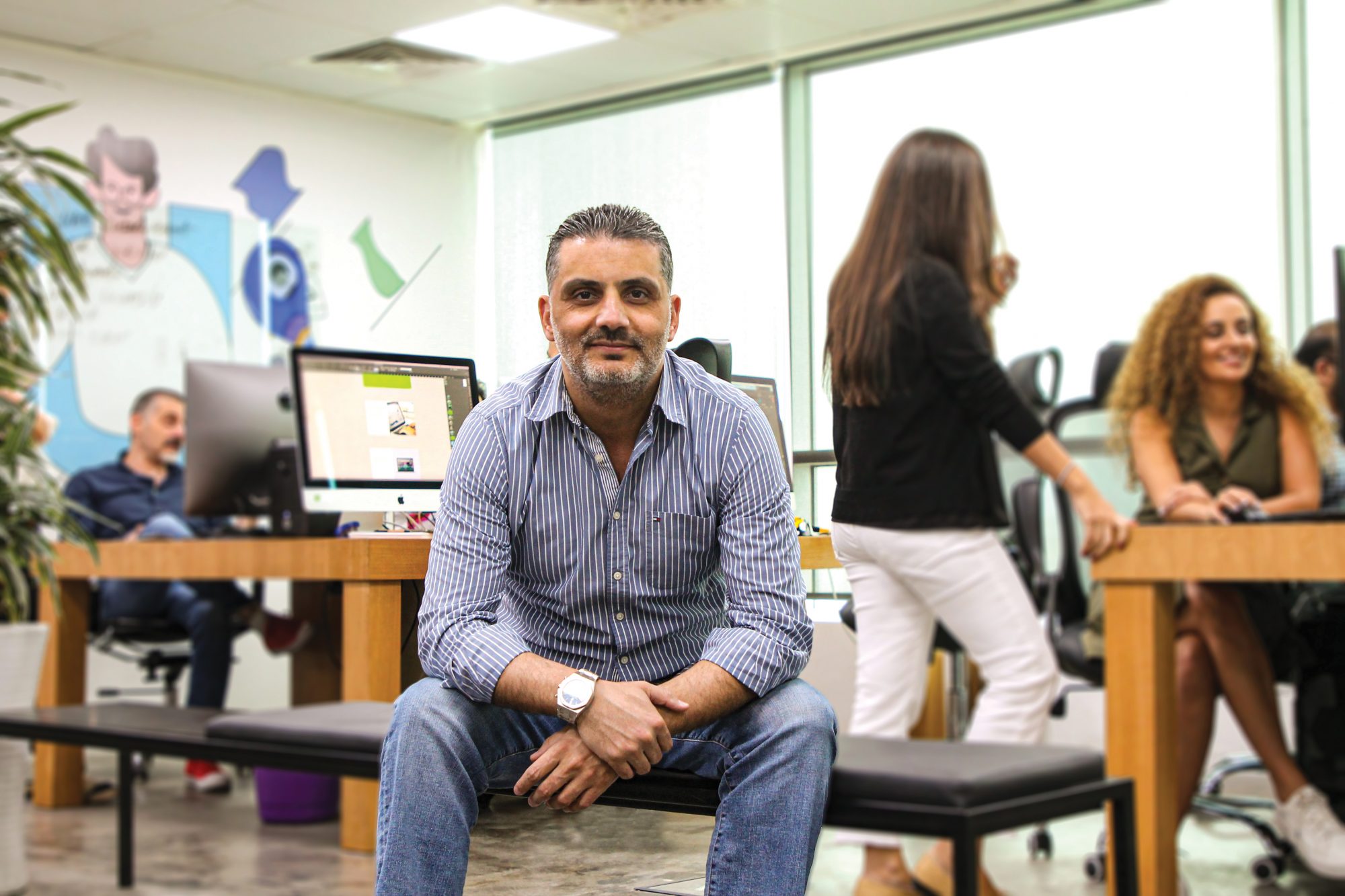
Let’s understand one thing: on-ground events and virtual events are not substitutes for one another. They are instruments that complement each other and, when combined together and executed correctly, are poised to be much more beneficial.
Virtual events in the form of webinars, web conferences and meetings have been around for a long time. The pandemic brought on-ground events to a halt, which in turn renewed the focus on online events. But this time with much larger expectations.
The glaring questions of how long the pandemic will last, the impact on the economy and the media
and events sector, and whether things will ever go back to pre-pandemic normal kept coming up. As a solution to these challenges, event and technology companies around the world took it upon themselves to build robust platforms that will sustain and grow the event industry. Many virtual platforms have come up in the last few months that simulate the experiences of on-ground events on virtual platforms, harnessing smart technologies to bridge the gaps and provide continuity. Many big events in the region and around the world are recognising the potential of virtual platforms.
Imagine the combination of the promise of on-ground events and the potential of virtual events, a hybrid format – the new horizon that this can open up for event organisers and marketers. This is a wake-up call for the events sector to start adapting and accepting the hybrid model.
Let’s look at the evolution of media marketing, for instance. Print, TV and outdoor campaigns ruled every brand’s outreach plan; that’s where they could engage with their target audiences. Then, with the advent of digital mediums, we a saw the paradigm shifting towards digital campaigns, as social media channels and online media consumption gained more traction. Exclusive offline and online campaigns may have worked well in the past, but not as well as marketers expected them to. Globally, brands have had to reassess their strategies to find the right mix, the sweet spot so to speak, to reach their target audiences on their choice of platforms.
More and more brands are using a media mix of offline and online marketing, experiential and event marketing tools to stay connected and engage with audiences. This is what we call the omni-channel or the ‘hybrid model’ approach.
Hybrid events, with a limited number of people physically attending the event and audiences across the globe attending the event virtually, offer a whole other demographic waiting to be conquered. Traditional events have remained popular due to the unlimited number of opportunities they provide to all their stakeholders. Therefore, these opportunities need to be simulated virtually to ensure the success of a virtual or a hybrid event.
Ergonomically speaking, the hybrid format has many benefits. Unlike before, the amount of money spent to build an event is no longer limited to the number of attendees. Previously, we used to spend millions of dollars building a conference in Dubai or Riyadh to attract a maximum of 10,000 to 12,000 people to attend, with a possibility of live broadcast over streaming channels. The hybrid model allows us to use the same amount of money or even less to double, triple or even quadruple the reach, significantly amplifying brand awareness and engagement with multiple target segments across the globe.
One of the world’s most popular talent-hunt franchises, America’s Got Talent, held its auditions in the hybrid format this year, with the judges and the host live at the venue, the participants joining in virtually from different states, and audiences from across the globe. The talent show got a tremendous response to the hybrid format, as it enabled the show to keep going and allowed participants to showcase their talent virtually and opened doors to a much larger live audience. Understanding customer behaviour and journey is another aspect that event marketers can leverage to build encapsulating experiences. Data plays a key role in enhancing customer journeys and helps in creating an omni-channel approach for customers.
On-ground events usually collect basic data during the registration process but, once the attendees enter the event, it is not possible to monitor their behaviour. The hybrid model makes it easier to reach the audiences and measure their behaviour. Due to the integration of physical and virtual, there is an ocean of data available to event organisers to analyse behaviours, engagement rates and journeys of attendees.
For example, if an electronics company is launching a new product in a hybrid format, the virtual platform will be able to measure the journey and interaction that people have with the product or brand, powered with latest technologies such as artificial intelligence and machine learning, augmented reality, emotion-sensing technology, mixed reality, etc. to understand how people interact with the brand, understand the emotions the brand invokes in customers and measure feedback. Meanwhile, the live product launch event will have actual people on-ground to interact with customers, understand what they are looking for and support with product demos.
The credibility, tangibility, direct communication and social aspect of an on-ground event, amplified
multi-fold with virtual platforms with global reach, immersive environments and unlimited opportunities, is where best of both the worlds meet – meet the hybrid model.
Welcome to the new norm of the events universe.









